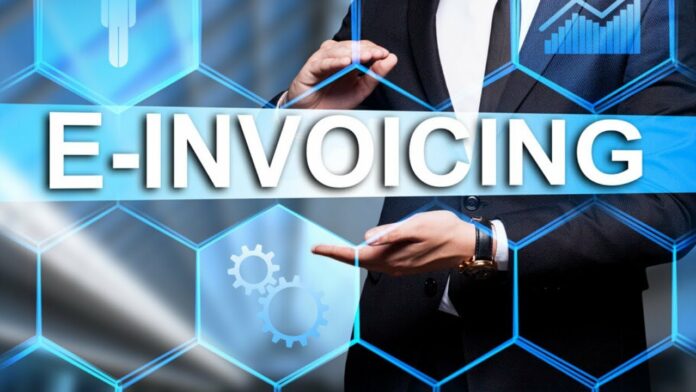E-invoicing is the Indian government’s initiative. It transforms the ways businesses interact with each other in the long run. It has been a roller coaster ride for micro, small and medium enterprises (MSMEs).
As per the revised MSME definition, since April 1, 2021, all those with a total annual turnover that exceeds Rs 50 crore generates e-invoices for their Business-to-Business (B2B) and export sales, also the medium enterprises.
It continues to be hard for new entrants. It is the key function of a business, and any failure can affect the business continuity.
Disturbance in daily operations
It is very difficult to rectify errors in e-invoices and is a time-consuming process. A small mistake can create a big headache. We cannot rectify errors directly on the same e-invoice but must cancel it and generate a new invoice for reporting to the GSTN.
If it has an active e-way bill attached to it, despite the errors, we are not allowed to cancel the e-invoice. Generally, e-voices cannot be canceled after 24 hours of their generation. In cases like this, credit notes should be used but this leads to more documentation work.
Problems in e-way bill-linked e-invoices
Frequent expire of e-way bill attached to an e-invoice, leads to its cancellation and generation of a new one, and cannot extend the validity. The e-way bill validity is shorter than the actual requirement. The weight of the conveyance and the distance covered are the two factors that determine the validity of the e-way bill.
Documents that require e-way bill generation should be segregated from the rest and is a difficult task without automation and technological support hence can have a negative impact on the team’s productivity
Importance of thorough testing
Improper and untested implementation of the e-invoicing system has led to a fall in the team’s efficiency for several clients. There are no pre-defined roles and access responsibilities assigned within the organization which declines the quality of e- invoices.
Reconcile of e-invoice data
With the books of accounts or sales register for accurate GSTR-1 filing, e-invoice data auto-populated must be reconciled into the GSTR-1. There is a need to regularly sort B2B data from (B2C).
Lack of automated systems or solutions can lead to the risk of errors and penalties. During the COVID- 19 pandemic several medium enterprises could not afford reasonable quality solutions to fulfill their automated reconciliation needs
Issues beyond control
Untimely server crashes had a direct impact on the daily operations of enterprises and also affected the MSMEs. E-invoices raised on invalid GSTINs can cause a huge problem.
For smooth compliance of business, the government must provide proper end-to-end system support.
With more businesses joining the eco-system in the months ahead mainly, small enterprises not using ERP or tax compliance solutions can improve the e-invoicing system. This can refocus business in the mainstream market quickly. If e- invoice extends to MSMEs, invoice discounting and digital lending will take a tremendous leap in India.
Follow and connect with us on Facebook, LinkedIn & Twitter

